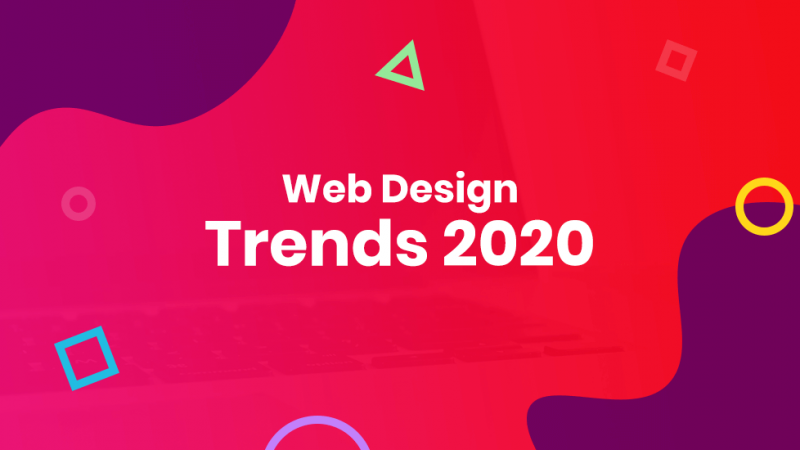10 Graphic & Web Designer Tools to Make Your Product Stand Out

What’s the first thing that strikes you when you visit a website for the first time? You still don’t know if the content is great. You have no idea whether or not it answers your questions. But you get the first impression, which determines your future relationship with that site.
It’s the design.
Web design and graphic design are two forms of art. You combine text and visuals in a way that makes your presentation appealing. When you’re trying to present a product to the audience, the design of the website makes a huge difference. It will make your product stand out if its good. Otherwise, all your efforts to develop an online presence would be a tragic waste.
Let’s not forget: your website is a product, too. Even if you’re not trying to promote or sell actual products, this site is still the result of your efforts. You want to achieve specific goals through it. You want it to bring revenue, in one way or another.
Of course you want the design to be good!
We’ll suggest several web and graphic design tools that will make your product interesting for the target audience.
10 Graphic & Web Designer Tools to Make Your Product Stand Out
The color palette of your design matters a lot! If you’re promoting a product, its design will determine the appearance of the website and its visual elements. If you’re flexible with the colors, you can develop a scheme from scratch. However, it has to be functional, logical, visually appealing, and relevant to the preferences of your audience.
Coolors helps a lot with that process. It’s a smart color scheme generator, which can pick up colors from your initial product design and give you a perfectly matching composition of shades for your website. You can customize the colors by brightness, hue, temperature, saturation, and other parameters.
This is a free tool with no hidden costs if you use it online. If you want it as an iOS app, it will cost you $1.99 as a one-time payment. You can use Coolors as an Adobe add-on, so it will fit into Illustrator and Photoshop. In that case, it requires a one-time payment of $5.
Designers know that pretty appearance is not the only thing that matters to the audience. It’s just a shell. Once the visitor surpasses the initial impression, they will look at the essence: what do you have to say?
This is where the text gets into the picture. Many website owners will hire freelance writers or a personal statement writing serviceto get perfect content. But they forget about something important: the design plays an important role here, too.
Your website contains calls to action, product descriptions, welcome messages, and other textual elements. What font will you use? FontForge helps you design unique fonts that convey the essence of your message. You can make them whimsical, dramatic, classic, sleek, artistic, or in any other way you want.
It’s an app for Mac, and it’s absolutely free.
This is a collaborative platform that connects a design team on a single interface. It supports the process of creating designs for websites, games, voice interfaces, mobile apps, and more. When you design elements that you want to use multiple times, you can drag and drop them throughout your boards. This may be the case with logos and buttons that you repetitively use across the site.
Adobe Xd does come with a learning curve, as all other Adobe design products. However, the design features that you get are totally worth the effort. When you get used to the interface, you’ll find it intuitive to use.
3D art can make your designs look more realistic, more professional, and prettier. This tool helps you do it! It’s great for creating artwork for animated characters for promotional videos, smartphone games, and other designs that would benefit from 3D details.
This program is developed for macOS. It gives you a set of spline modeling, subdivision surface, and polygon tools that enable you to develop 3D designs faster and more effectively. The Bullet physics engine simulates soft body and rigid body dynamics, so you’ll create designs that appear very real.
A single user license costs $99. If you plan to introduce 3D elements in your design, it’s a cost-effective tool.
Skencil is a vector drawing program with an outdated website. Seriously; that official website is no good. That seems to be common for all Linux apps, with no apparent reason. However, this app has its value, so designers should definitely try it.
It’s an object-oriented program built with Python. It helps you design amazing drawings, illustrations, and diagrams. It’s very easy to use, and it’s absolutely free.
While we’re on the topic of vector design software, let’s mention the most powerful program you’ll find in that category: Adobe Illustrator. It costs $20.99 per month. It’s mostly aimed at professional designers, who need this tool on a daily basis for their work.
It’s similar to Photoshop, but with one main difference: you work with a different type of design. Photoshop deals with pixel-oriented images. Adobe Illustrator gives you the tools to create vector graphics. You can draw all kinds of shapes to develop sophisticated graphics for icons, logos, or even billboards.
The only drawback is that you can’t get Adobe Illustrator with a single license. You have to deal with the monthly membership, which adds up to a high yearly cost.
This is a tool that enables you to build a site without any coding involved. Now you’re thinking: there are other tools that let you do the same thing. What makes Webflow different? – It’s faster!
You can develop a nice design and have your website running in a matter of hours. If you look at Webflow’s official website, you’ll see examples of sites developed with this tool. You’ll notice something interesting: they don’t look as if they were built on a template. Yes; Webflow lets you use templates. However, they are so customizable that your site will get a unique vibe as long as you’re willing to experiment.
How much does it cost? They say “it’s free until you’re ready to launch.” This means that you can design your site for free. You can experiment with the different features and compare different versions. When you’re sure you have a winning design that makes your product attractive, you can make a commitment. You can choose between the Basic, CMS, and Business plans, which cost $12, $16, and $36 per month, respectively.
If you’re looking for an alternative to Adobe Illustrator, this might be it. It’s a very powerful tool, which combines the effectiveness of Illustrator with vector graphics creating features. It’s suitable for Windows, Mac, and Linux.
If you’re having doubts about it, take your time to go through the Gallery section. The beautiful designs submitted by users will convince you: there’s a lot of power to explore in Inkscape. The tool is absolutely free, but you can donate some money if you want to support the developers.
Let’s talk about photo editing. It’s not as easy as most people assume. Photoshop is the golden standard, but it’s not the only tool you can use. Pixelmator Pro is a great alternative. Its editing features are simplified, but just enough for you to reach the perfect design.
This tool allows you to arrange layers, resize, and move different elements of the photograph. You’ll love the brushes! They will add cool elements to your design, so you’ll bring the unique dynamics of your product into the visuals.
Pixelmator Pro is a better choice than the original Pixelmator, mainly because it includes expert-level design tools. It’s a macOS app, which you can download for $39.99. That’s much more affordable than Photoshop, and you’re getting similar effectiveness.
We can’t talk about web and graphic design tools without mentioning Sketch. It’s the biggest competitor to Adobe, with the difference that it’s built for macOS. The community of developers behind this tool is excellent. They constantly contribute with new plugins, which keep making Sketch better and more flexible.
This is an actual tool for product design. You can design packages, logos, and website elements that work in perfect harmony with one another. It’s a collaborative tool, so you can bring the entire team working on the same design at once.
A personal license costs $99 per year.
What Tools Do You Use?
Design is more than an artistic concept. It’s a functional one as well. When a visitor lands on your website, the visual elements bring their attention to whatever you want them to notice. It may be a call to action, or the product itself.
You’ll need to use different design tools throughout the creation of your project. The above-listed ones are a great start. Are you using any of them? Do you have additional recommendations? Feel free to comment!
Author Bio: James Murphy is a full-time app developer and a part-time content creator from New York. Although being an IT specialist, James writes about a wide range of other topics such as social media and digital marketing. James is the father of two lovely toddlers and a dedicated supporter of the New York Yankees.

